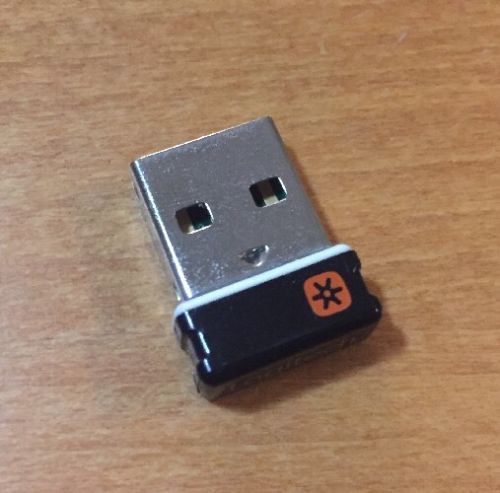-
 chevron_right
chevron_right
A watch designed exclusively for kids has an undocumented spying backdoor
Dan Goodin · news.movim.eu / ArsTechnica · Monday, 12 October, 2020 - 13:00 · 1 minute

A popular smartwatch designed exclusively for children contains an undocumented backdoor that makes it possible for someone to remotely capture camera snapshots, wiretap voice calls, and track locations in real time, a researcher said.
The X4 smartwatch is marketed by Xplora, a Norway-based seller of children’s watches. The device, which sells for about $200, runs on Android and offers a range of capabilities, including the ability to make and receive voice calls to parent-approved numbers and to send an SOS broadcast that alerts emergency contacts to the location of the watch. A separate app that runs on the smartphones of parents allows them to control how the watches are used and receive warnings when a child has strayed beyond a present geographic boundary.
But that’s not all
It turns out that the X4 contains something else: a backdoor that went undiscovered until some impressive digital sleuthing. The backdoor is activated by sending an encrypted text message. Harrison Sand, a researcher at Norwegian security company Mnemonic, said that commands exist for surreptitiously reporting the watch’s real-time location , taking a snapshot and sending it to an Xplora server, and making a phone call that transmits all sounds within earshot.


